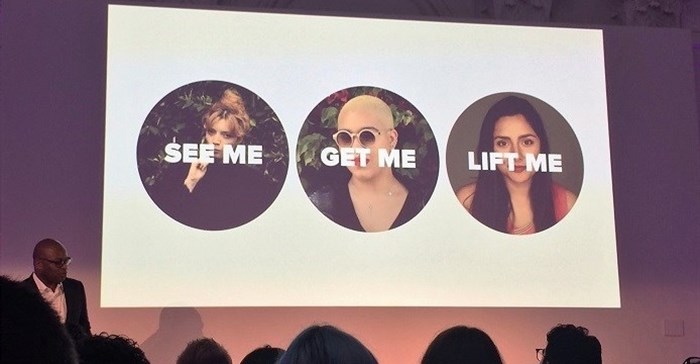
Top stories


EducationFrom adversity to opportunity: African education’s revival strategies
Sanjeev Mansotra 13 hours



Marketing & MediaThe Odd Number named Financial Mail AdFocus Mid-Sized Agency of the Year
The Odd Number 17 hours

More news












But is this approach truly innovative? By adding a blade to a multi-blade razor (because your company is a master in manufacturing blades!), does it become more useful for the consumer?

In actual fact, customers are often disappointed by the accumulation of superfluous options and, as a result, end up dropping or criticising the brand.
Empathy, according to Cambridge’s dictionary, is “the ability to share someone else’s feelings or experiences by imagining what it would be like to be in that person’s situation”.
To innovate implies to understand the consumer, identify to his hopes, needs, joys, dreams and at the same time to anticipate them. Actually, empathy is one of the first steps of a design-thinking process to innovation. And this step is crucial for a proper definition of the problem or challenge.
For instance, what do iTunes, Nespresso and Netflix business models have in common? They are all major innovations, adopted by millions of consumers throughout the world, which transformed radically these industries. These successes gambled on a thorough understanding of the consumers’ needs, pains and expectations.
The needs: they understood the jobs that the consumer attempts to achieve in its everyday life, the needs he tries to satisfy. When music distribution was driven mainly by CD and illegal downloading, iTunes answered to the need of the consumer to buy songs (as opposed to albums) quickly, securely and affordably.
The pains or feelings: they understood what was irritating for the consumer and evaluated the intensity of these frustrations, the circumstances under which they are felt and their consequences. For instance, Nespresso understood that the consumers were tired to drink variable quality coffee, to take time to clean their coffee machine, etc.
The expectations: they understood the concrete benefits that the consumer is looking for, his hopes and desires. Typically, these expectations are expressed as dreams (e.g. “Wouldn’t it be wonderful if my watch could give more than just time?”) For example, Netflix found a way to respond to consumer’s expectations: allow access to a vast movie and TV offer in a simple and affordable manner, anywhere and at any time.
In short, to innovate begins by putting oneself in the consumer’s shoes to better understand his needs, feelings and expectations.
Another meaningful example is how, at one stage, Apple understood that they would make a revolution by shifting their focus from the technological race to usage refinement. And usage refinement is rooted in the consumers’ empathy.
The key factors to success of an innovation have evolved. Yesterday, brands wanted to be admired for their know-how or creativity. Today, they want to be close to their consumers and liked for their sincerity and goodwill. Links are being reinforced: deeper, richer and more sustainable. Generous and humble, the brand doesn’t try to shine with its skills anymore. It leaves its pedestal to simply give the consumer a hand. Thus, when the consumer experiments a product, he also experiments the brand, feels its intentions, mindset and sincerity. An emotional dialogue begins.
In the end, why not consider consumer empathy as a sustainable orientation to take to develop a brand?
